Which breakfast alternatives are the highest in protein?
The tone of the day is established in the morning. Let’s face it, though: We also want our breakfasts to be hearty, creamy, and nostalgic. Consider idlis, poha, or aloo paratha. The catch? The majority of these favorites lack protein, a crucial component for good health.
It’s a widely held belief that consuming 20 grams of protein for breakfast without consuming protein powders or eggs is difficult. However, it’s actually quite possible if you use local produce and clever meal pairings.
Day 1: Paneer filling and moong dal chilla
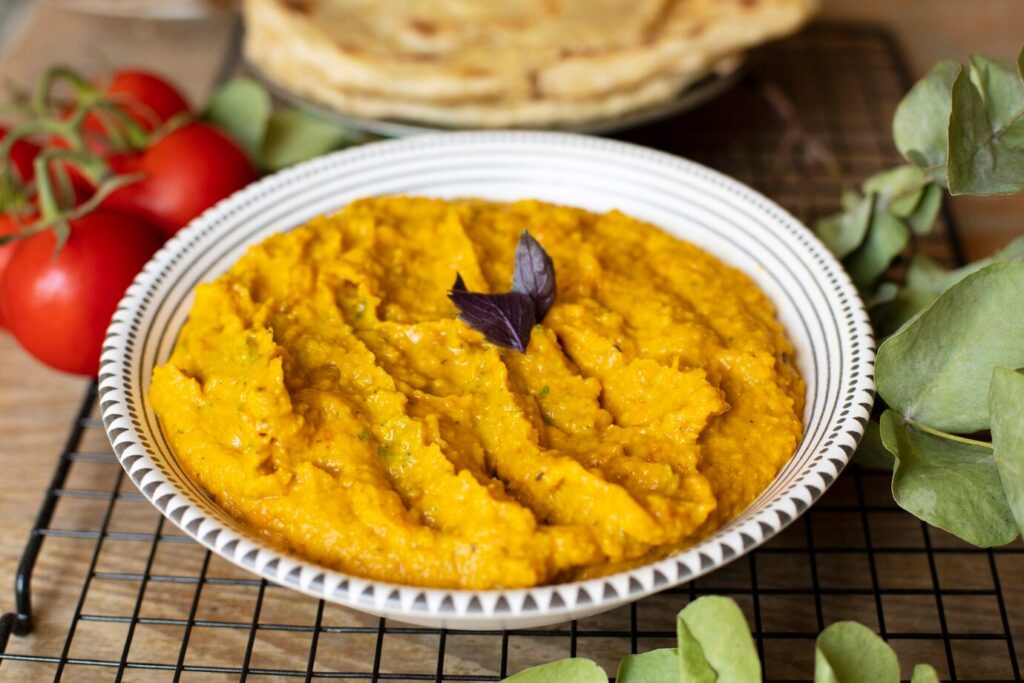
One chilla only provides around 5–6g of protein on its own. Add 50g of crumbled paneer to the chilla and serve it with a dish of plain curd.
12g equals 2 chillas
9g equals 50g of paneer
5g of 100g curd
26g of protein in total
A straightforward batter made with soaking yellow moong, spices, and a dash of ajwain is quite effective. It also feels like a filled paratha, but lighter and higher in protein thanks to the tender paneer filling.
Day 2: Moong sprouted with oat cheese
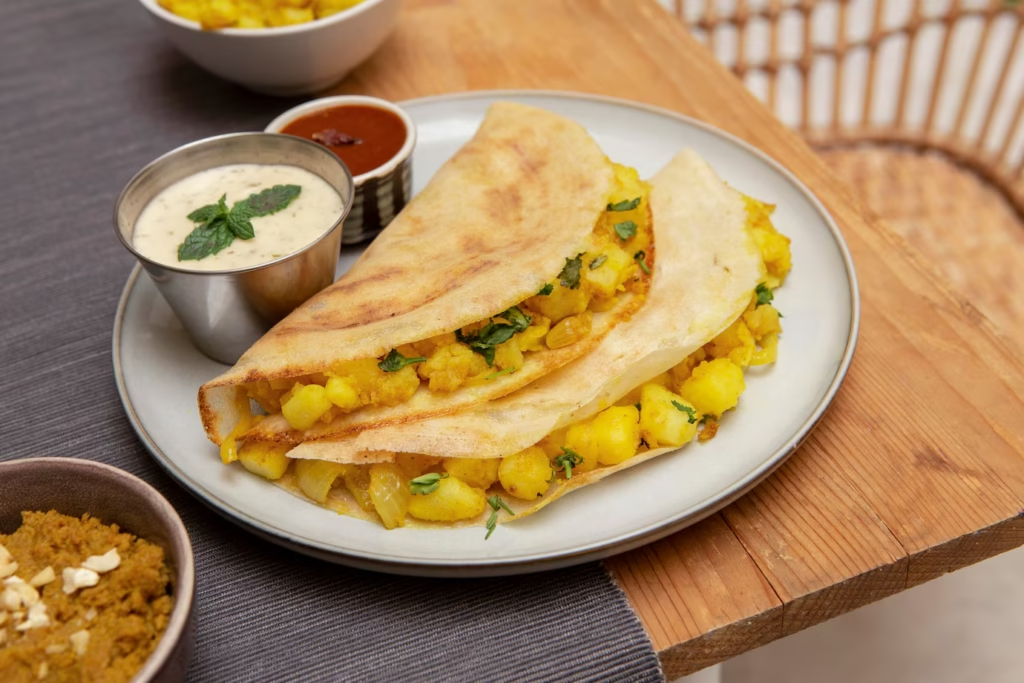
About 5g of protein may be found in 1/2 cup of oats. It need assistance. The true punch comes when you combine it with sprouting moong.
14g from 1 cup of sprouted moong stir-fry
7g of oat cheela with besan
21g of protein in total
In addition to increasing protein, sprouted moong acts as a natural probiotic. When combined with oat cheela, the breakfast becomes well-balanced, filling, and healthy for the stomach.
Day 3: Tofu bhurji and Besan toast
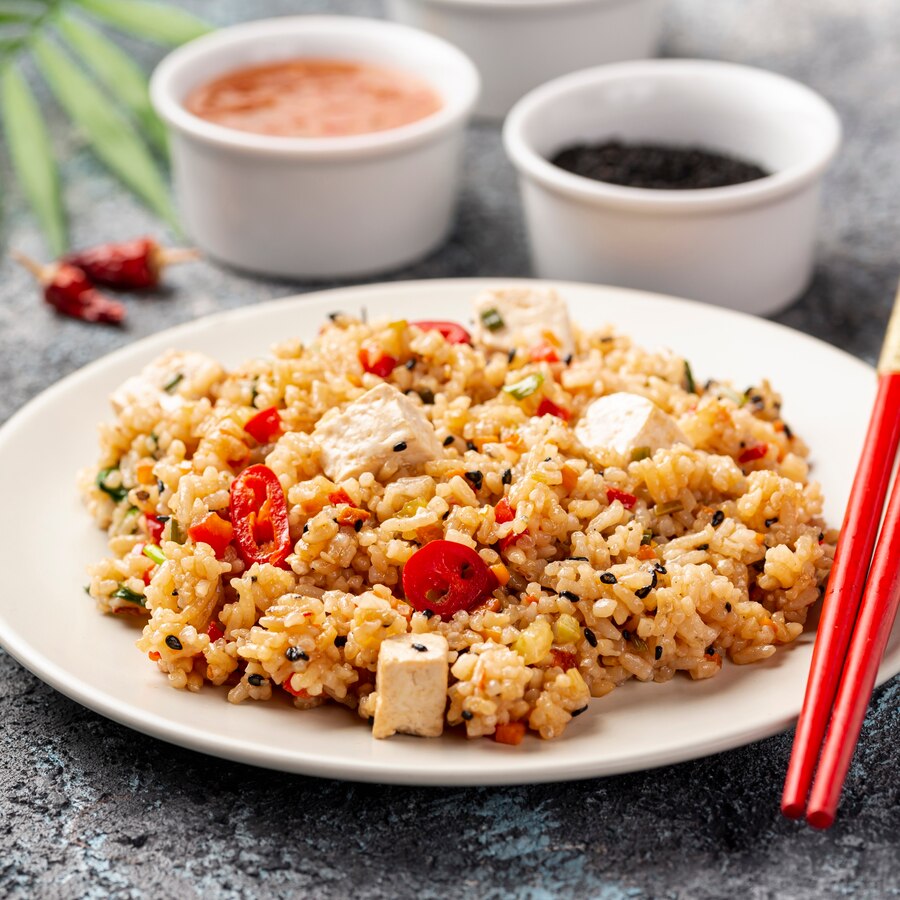
Many people think that bread with a besan covering is sufficient. However, it requires improved protein support.
Serve with 75g of tofu bhurji, which is made with crumbled tofu that has been sautéed with jaera, turmeric, and tomatoes.
6g = 2 besan toasts
12g is equal to 75g of tofu.
5g of side curd
23g of protein in total
This is not your average morning of bread and jam. It has a soft tofu scramble that adds creaminess and heaviness, and it’s tasty, satisfying, and nutritious.
Day 4: Buttermilk and cooked egg with sattu paratha
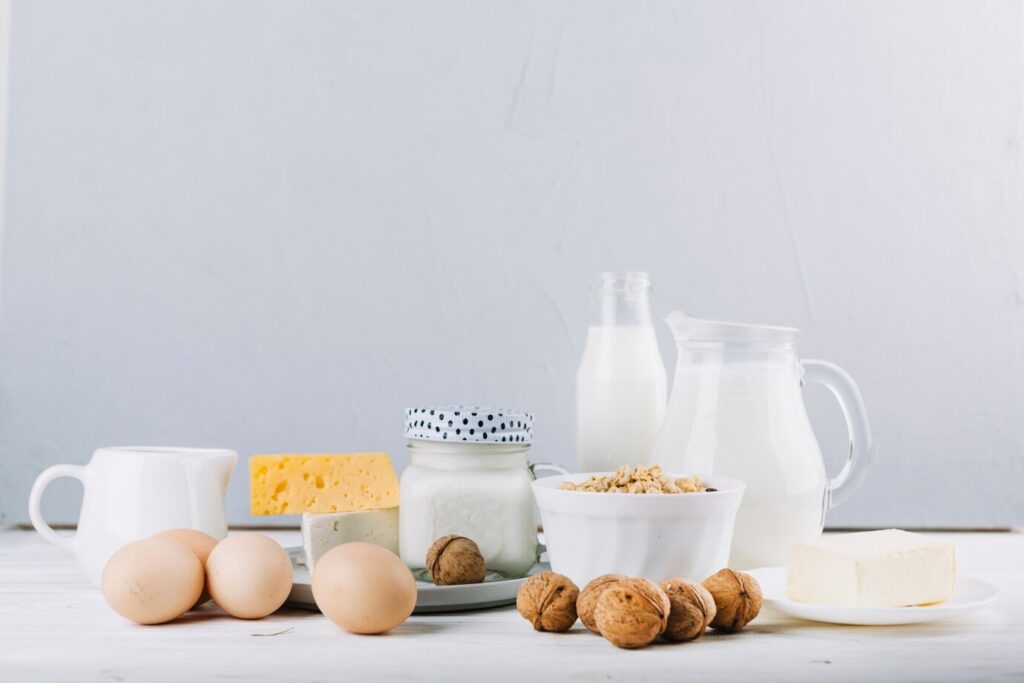
The idea that sattu is only a summer beverage is untrue. With about 20g of protein per 100g, it’s a hidden protein gem from Bihar. Use very little ghee to make sattu paratha. Pour in a glass of buttermilk and a cooked egg (vegetarians can skip this step).
14g of Sattu Paratha (2 Medium)
6g = 1 cooked egg
2g of buttermilk
22g of protein in total
This breakfast, which is full of protein and cooling for the stomach, is a contemporary take on country wisdom.
Day 5: Hanging curd dip with leftover rajma paratha
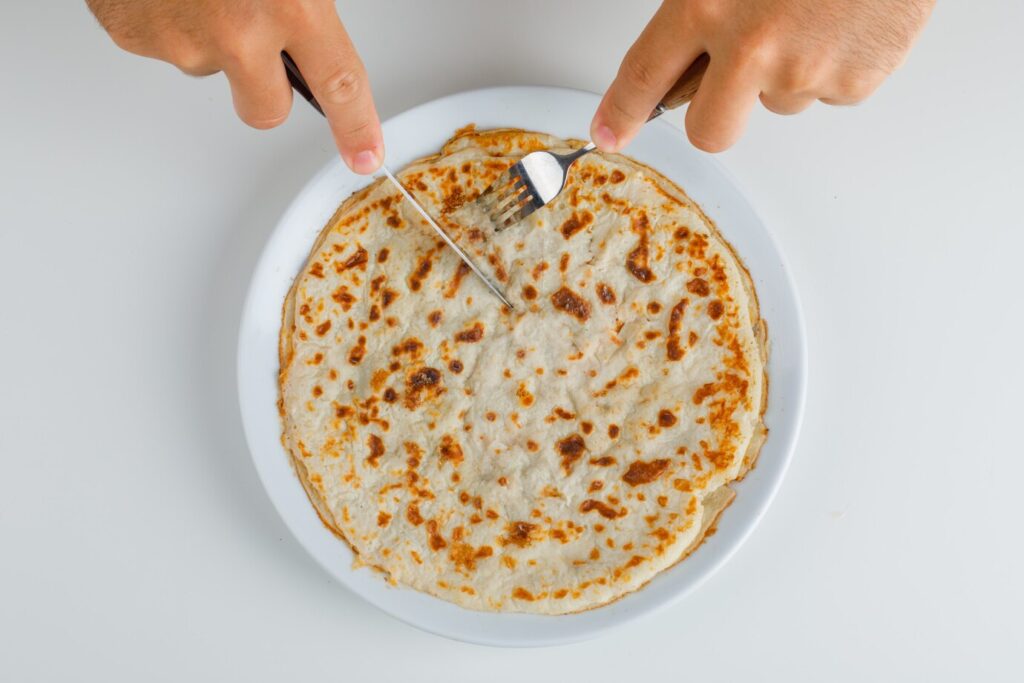
One could think Rajma is only there for lunch. However, 1 cup of cooked rajma has 15g of protein. Make a filled paratha by mashing any remaining rajma. Serve it with a mint and rock salt hanging curd dip.
14g of Rajma paratha
9g of 100g hanging curd equals 23g of protein.
A classic and cozy dish that fulfills all protein requirements without feeling like a diet.
Day 6: Quinoa upma accompanied by vegetables and peanuts
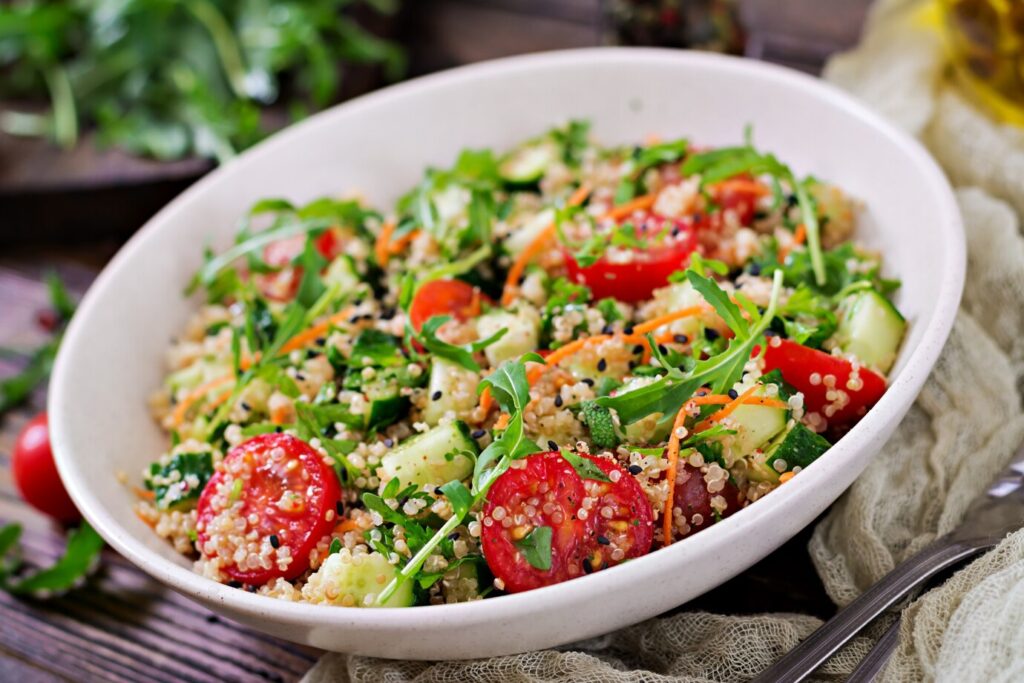
The idea that Upma is just semolina is widely held. Quinoa, however, has 8g of protein per cup, which is significantly higher than sooji. Curry leaves, green peas, 1 tablespoon toasted peanuts, and stir-fried vegetables.
14g of quinoa with vegetables
3g of peanuts
5g of boiled chana side salad
22g of protein in total
In contrast to the typical bland diet meal, it has a nutty and earthy flavor. The whole dish is lifted by the crunchy peanuts and tart lemon.
Day 7: Soy crumbles with vegetable dalia
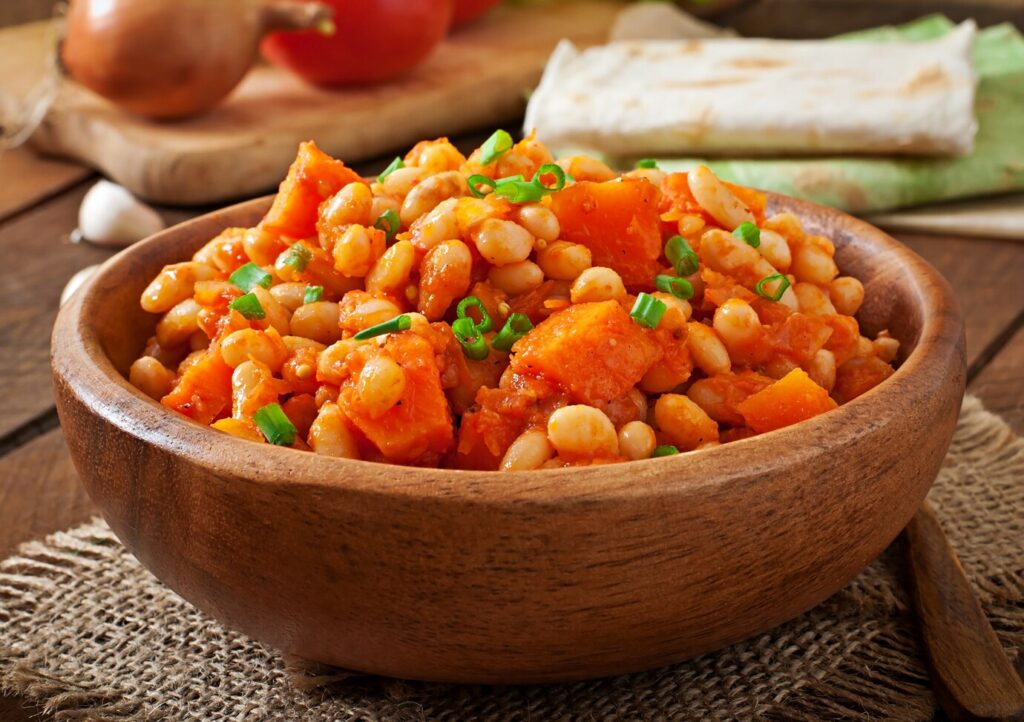
Dalia becomes a complete protein meal when soy granules are added. Khichdi-style dalia with a ton of carrots, beans, and onions along with 20g of soaked soy pieces.
18g from 1 bowl of dalia and soy
5g of curd or chaas on the side
23g of protein in total
It is healthy, warm, and provides the same level of comfort as a Sunday brunch, but it is far healthier and lighter.










